I will teach you how to find jades at “Jade Coast” in Niigata! The stone you picked from the coast can be appraised by a stone professor at Fossa Magna Museum for free.
The coast in Itoigawa City, Niigata Prefecture is familiar with the nickname of “Hisui Coast (Jade Coast)”. This is because the mountain of Hime River and Oumi River flowing in Itoigawa City is the largest jade production area of Japan and on this coast, you can pick up the jade carried from upstream. (Collection of jade is forbidden at Hime River and Oumi River since it is designated as natural monuments of Japan.)
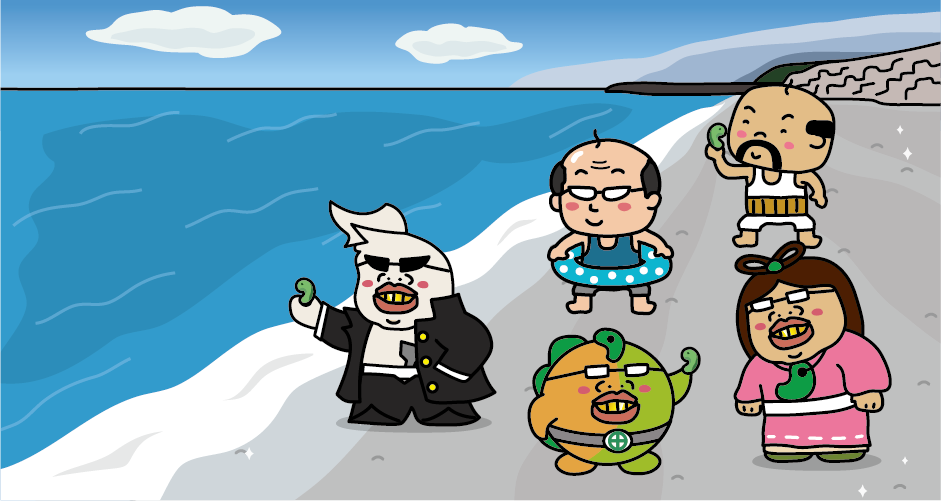
The coast in Itoigawa City is not sandy beach but a coast of pebbles and gravels. Sometimes there are gemstones of sapphire and ruby etc. besides jade.

Itoigawa is located in the fault zone where Eurasian plate and North American plate meets. This fault zone is called “Itoigawa-Shizuoka Tectonic Line”. Also, Eurasia Plate and North American Plate meets and the earth sunk. This greatly sunk fault zone is called as “Fossa Magna”. In Latin, it means “big trench”. Magma of volcano, soil and stone have accumulated on Fossa Magna and the shape of the current Japanese island have been completed.
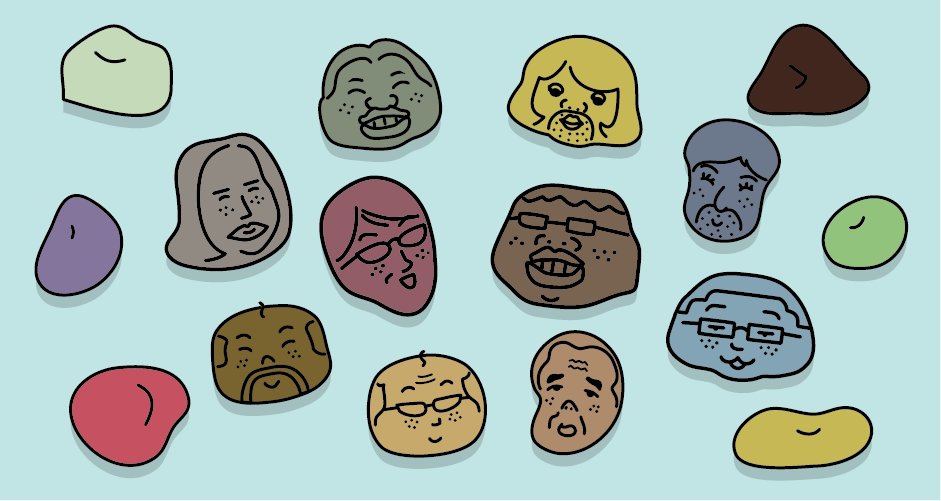
Since Itoigawa is located on Itoigawa-Shizuoka Tectonic Line which is the western end of Fossa Magna, there are wide variety of minerals. Also, it is said that the type of stone on this coast is the most. Itoigawa City declares itself as “the best stone town of Japan”.
In the summer, Oyashirazu Coast, Itoigawa Coast (Hisui Coast), Oumi Coast and Ichiburi Coast will be very crowded with sea-bathers, however, they are important coasts to form “Itoigawa Geopark”.
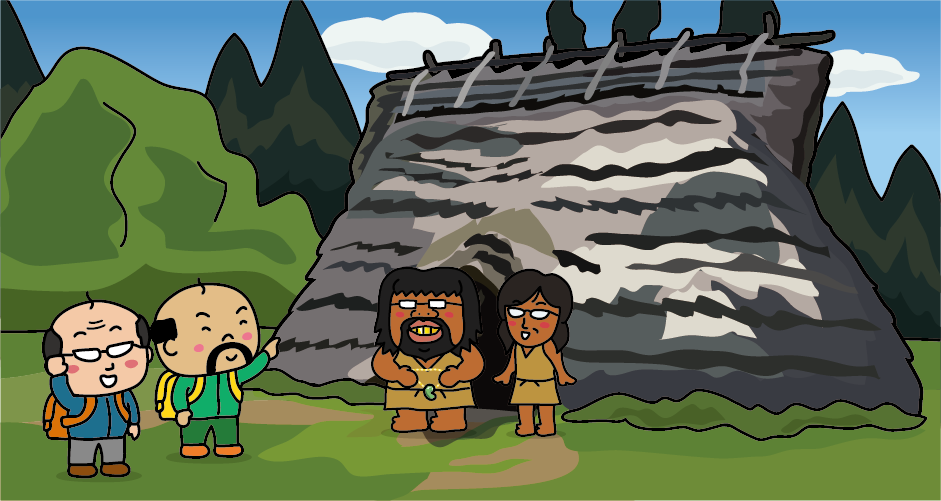
Near Hime River in Itoigawa City, 7000 to 5000 years old of ruins from the middle Jomon period, “Chojagahara Archeological Site” were excavated. It is the largest villages of ruin in Hokuriku, jade pendants etc. were excavated from this ruin. Now it is maintenances as “Chojagahara Archeological Site Park”, in the park, excavated goods are exhibited at “Chojagahara Archeological Site Museum”. Pit dwelling of Jomon period has been also restored. From “Fossa Magna Museum”, it will take about 5 minutes on foot.
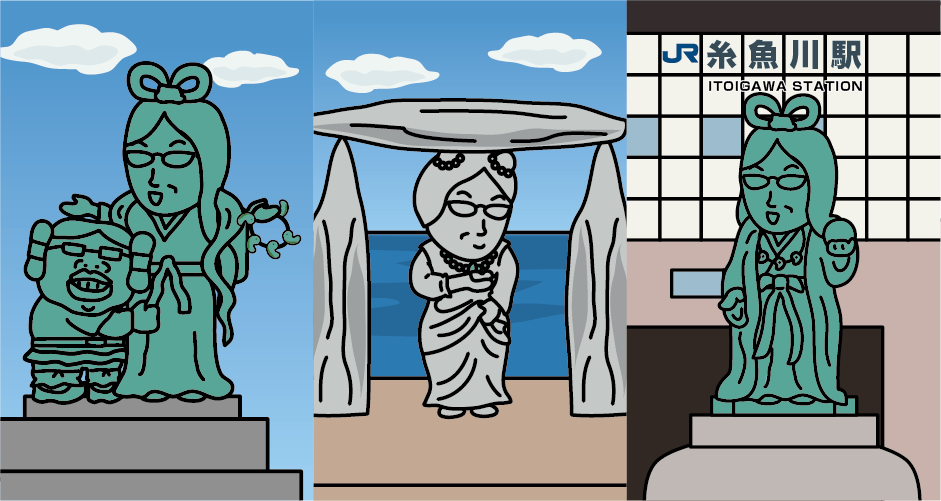
Until the beginning of Showa era, it was considered that jade would not be produced in Japan, and people thought the jades excavated from the ruins was brought from another continent.
However, a poet of Itoigawa City, Gyofu Souma got the idea of the production place of jade from a story of “Marriage of Princess Nunakawa” in Kojiki and a poem of “Jade in the riverbed” in Manyoshu and “Legend of Princess Nunakawa” transmitted in Itoigawa. He thought jade can be produced in Itoigawa and as a result of his research around Hime River, jade was discovered in 1938.
According to Japanese mythology, Princess Nunakawa is a female god who ruled Hokuriku region (Fukui Prefecture, Ishikawa Prefecture, Toyama Prefecture, Niigata Prefecture) and she has been enshrined in many shrines around Itoigawa for long time. By the way, Princess Nnagawa married Okuninushi no Mikoto and gave birth to Takeminakata. Takeminakata traveled up the Hime River to Suwa in Nagano Prefecture and became the enshrined deity of Suwa Taisha Shrine.
Also, you can find the monument of Princess Nunakawa everywhere in Itoigawa City, including Kaibo Park.
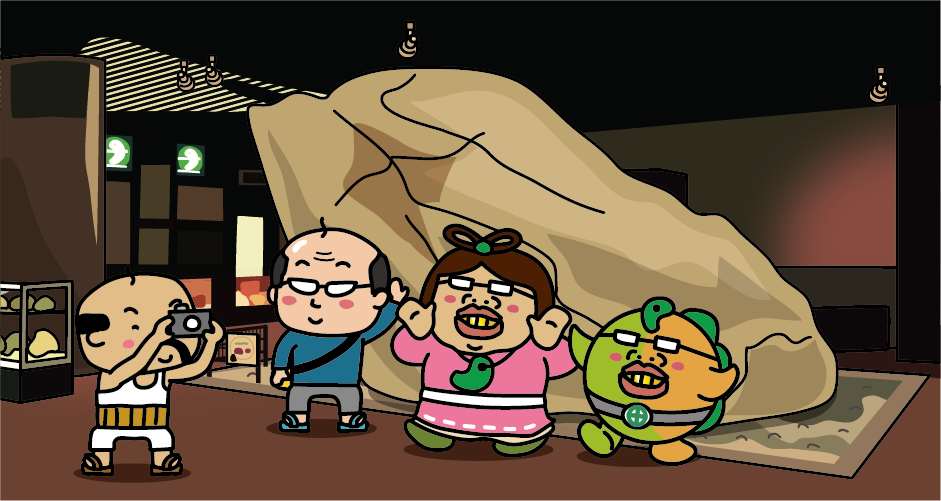
Itoigawa is one of the world’s leading jade production area. At “Jade Furusato Center” of road station “Oyashirazu Pier Park”, the world biggest of 102 tons of jade gemstone produced in Itoigawa is exhibited.
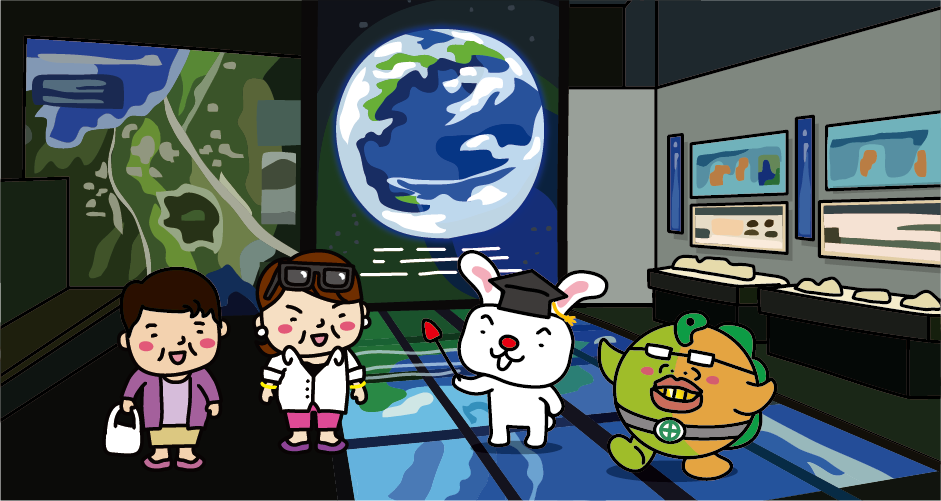
At Fossa Magna Museum, minerals, fossils rocks etc. produced around Itoigawa area are exhibited. Exhibition of “Fossa Magna” that the earth sunk greatly when Japanese island is formed and evolution of the earth are also exhibited. At this museum, you can also learn about natural disasters threaten people’s life such as earthquakes, volcanic eruptions, and landslips. You can also ask to appraise stones picked from Hisui Coast.
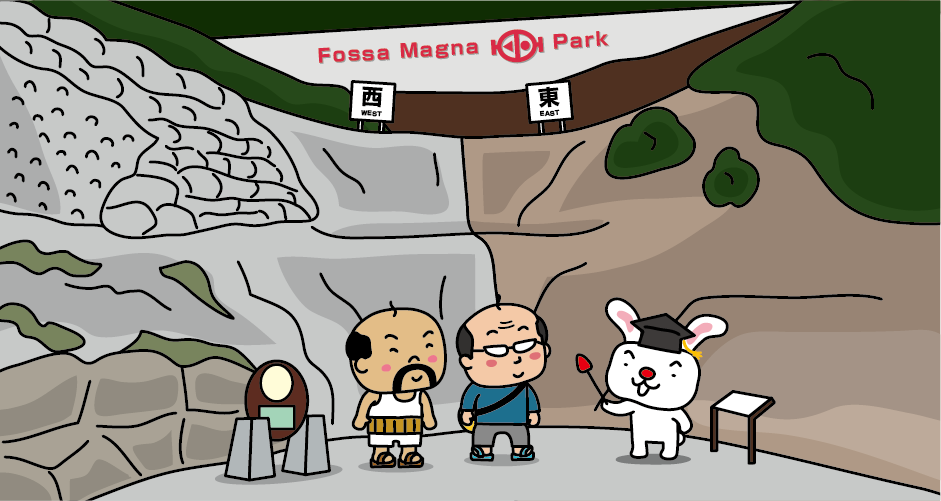
Fossa Magna Park is a park where you can actually see the fault of “Itoigawa-Shizuoka Tectonic Line”. The west side is Eurasia Plate which is about 400 million years old and the east side is 16 million years old layer that was formed by the accumulation of stones on North American Plate sunk greatly. 16 million years ago, Sea of Japan and the Pacific Ocean were connected.
After learning at Fossa Magna Museum, I recommend you to visit Fossa Magna Park for field study.
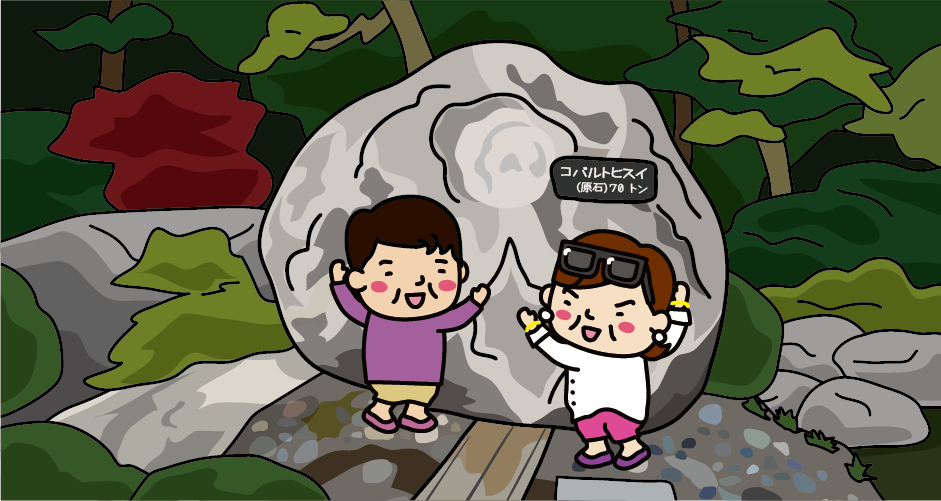
Hisuien Garden is a full-scale Japanese garden with about 70 tons of cobalt jade stones. It consists of three waterfalls, pond, and stream with pine trees at their back. It is a unique Japanese garden that uses a lot of stones including a gemstone of jade.
Access to Hisui Coast (Jade Coast)
It takes about 2 hours and 20 minutes from JR Tokyo Station to JR Itoigawa Station by Hokuriku Shinkansen.
It takes 1 hour and 30 minutes from JR Osaka Station to JR Tsuruga Station by limited express train. It takes about 50 minutes from JR Tsuruga Station to JR Itoigawa Station by Hokuriku Shinkansen.
About 10 minutes from JR Itoigawa Station to Echigo Tokimeki Railway Echigo Oshiage Hisui Kaigan Station. Get off the Echigo Tokimeki Railway Echigo Oshiage Hisui Kaigan Station and walk for about 5 minutes to the Hisui Coast (Jade Coast).
